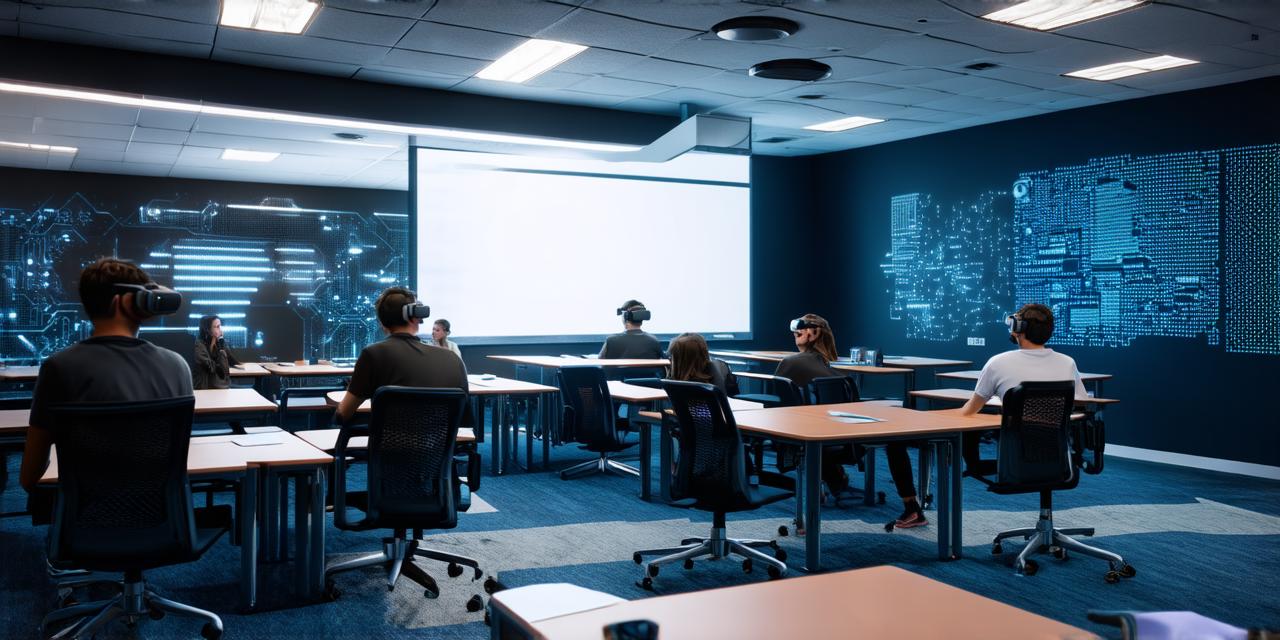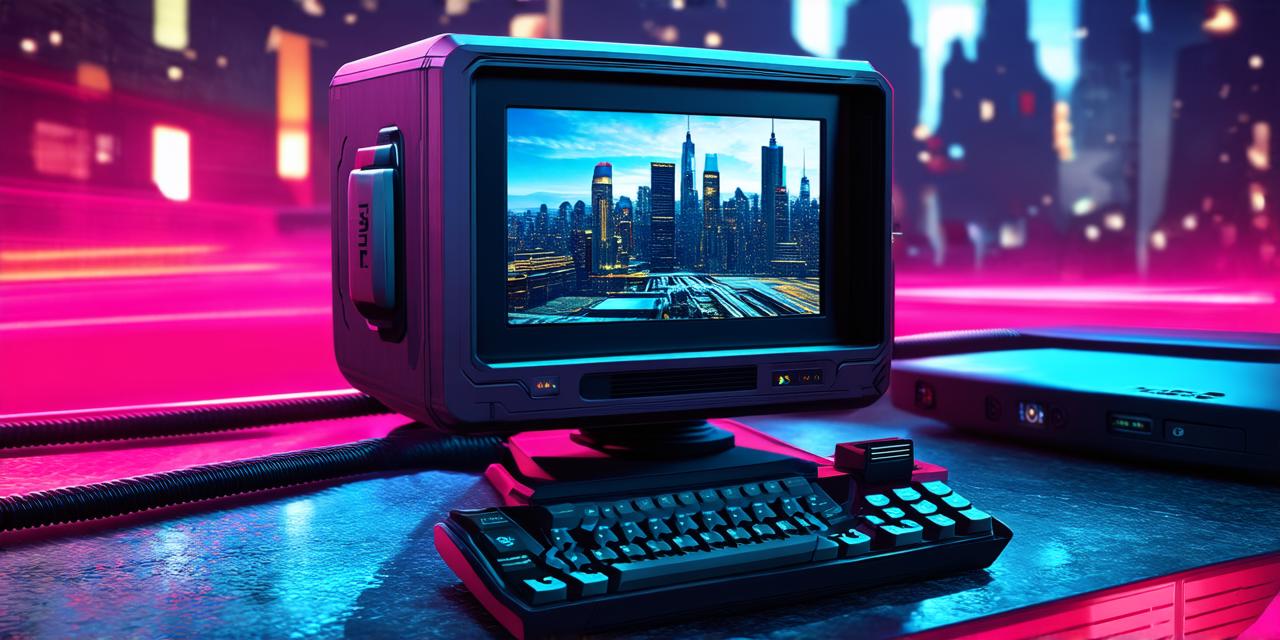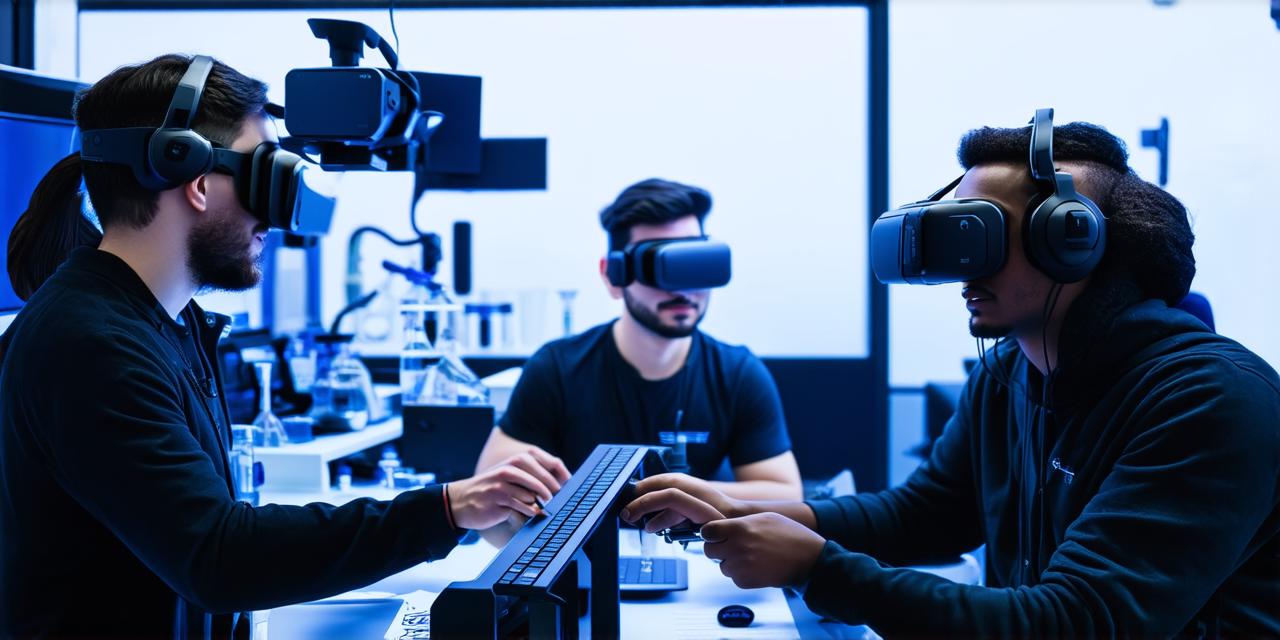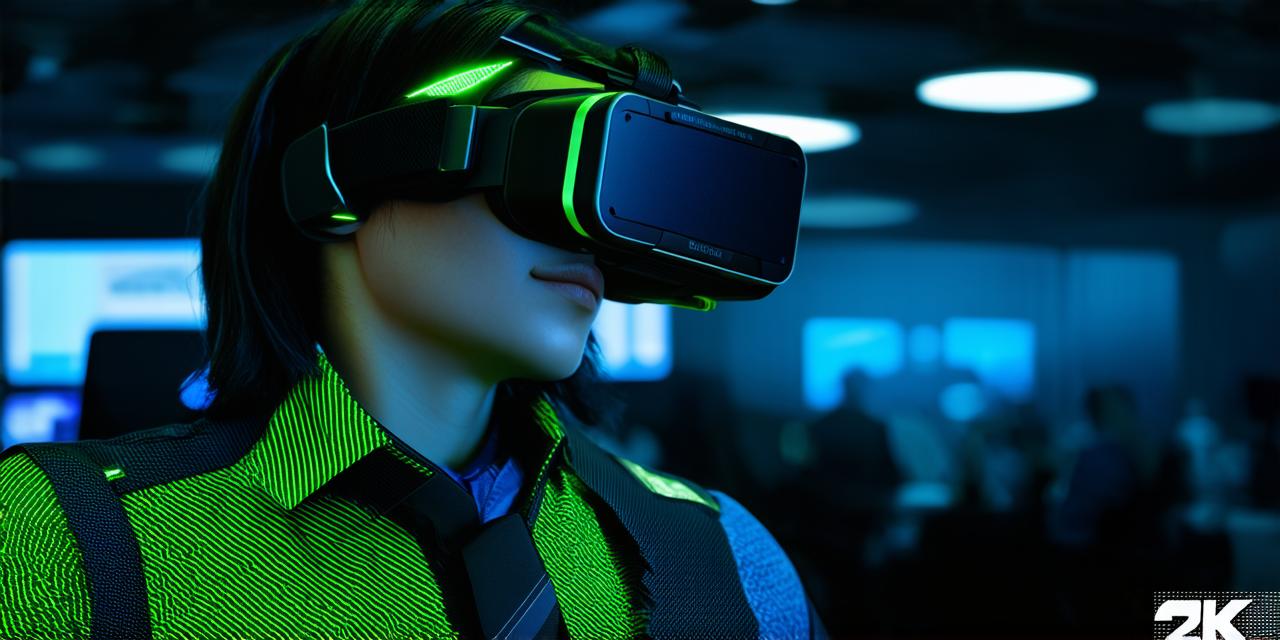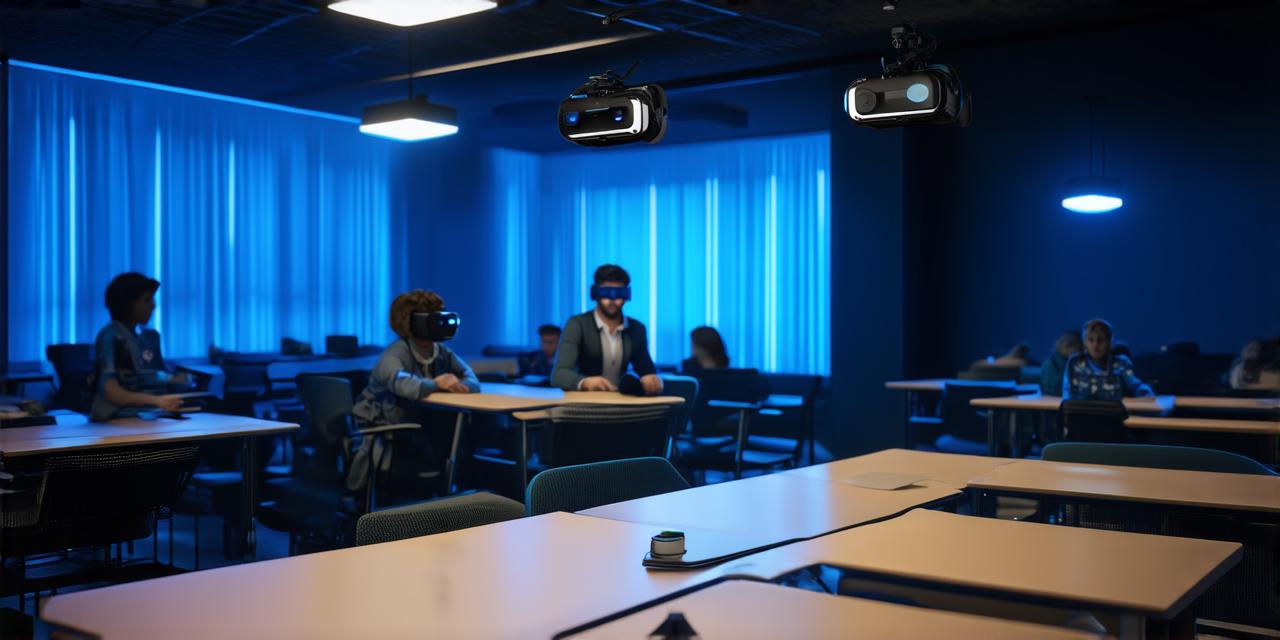Virtual reality (VR) is a rapidly evolving technology that has the potential to revolutionize many aspects of our lives, including education.
By immersing learners in virtual environments, VR can provide them with unique and engaging learning experiences that can enhance their understanding of complex concepts and improve their retention of information.
In this guide, we will explore some of the ways that VR can be used in educational settings to enhance student engagement, deepen understanding of key concepts, and prepare students for future careers in fields such as engineering, medicine, and environmental science. We will also discuss the challenges and limitations of using VR in education, and provide examples of how educators are currently using this technology to create innovative learning experiences.
One of the most exciting applications of VR in education is in the field of immersive science and engineering training. By creating virtual simulations of real-world environments and scenarios, educators can give students a safe and controlled environment to practice their skills and explore complex concepts.
For example, medical students can use VR to simulate surgeries, while engineering students can use it to design and test new products before they are built in the real world.
In addition to science and engineering, VR can also be used to enhance learning in humanities and social sciences. By creating virtual replicas of historical sites, museums, and cultural landmarks, educators can provide students with a unique and engaging way to learn about different cultures and time periods.
For example, history students could use VR to explore ancient Egypt or the Renaissance, while language students could use it to practice their conversational skills in virtual language labs.
Another area where VR is making a significant impact in education is in the field of special needs learning. By providing students with personalized and interactive learning experiences, VR can help them develop social and communication skills, as well as improve their overall academic performance.
For example, autistic students could use VR to practice their social interaction skills in virtual environments, while students with dyslexia or ADHD could use it to improve their focus and concentration through engaging and interactive games.
While the potential benefits of VR in education are numerous, there are also some challenges and limitations that need to be considered. For example, VR technology can be expensive, and not all schools and universities may have the resources to invest in it. There is also a risk that VR could replace traditional teaching methods, which are often necessary for developing critical thinking and problem-solving skills.
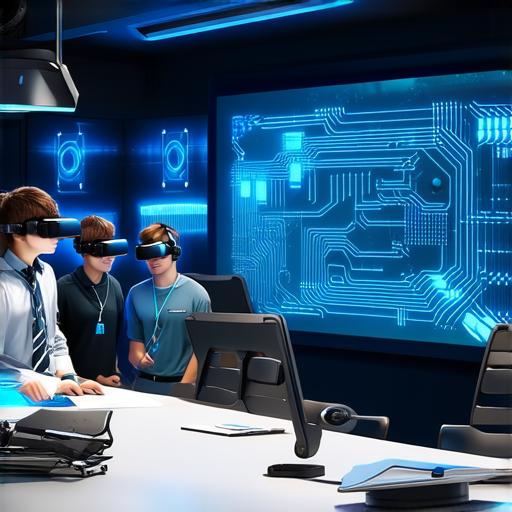
Despite these challenges, many educators and researchers are already using VR to create innovative learning experiences that are engaging, interactive, and effective. By working together to develop new tools and technologies, we can unlock the full potential of VR in education and help prepare our students for a brighter and more dynamic future.
In conclusion, virtual reality has the potential to revolutionize education by providing students with unique and engaging learning experiences that can deepen their understanding of complex concepts and improve their retention of information. While there are challenges and limitations to using VR in education, many educators and researchers are already using this technology to create innovative learning experiences that are effective and accessible. By continuing to explore the possibilities of VR in education, we can help prepare our students for a brighter and more dynamic future.
